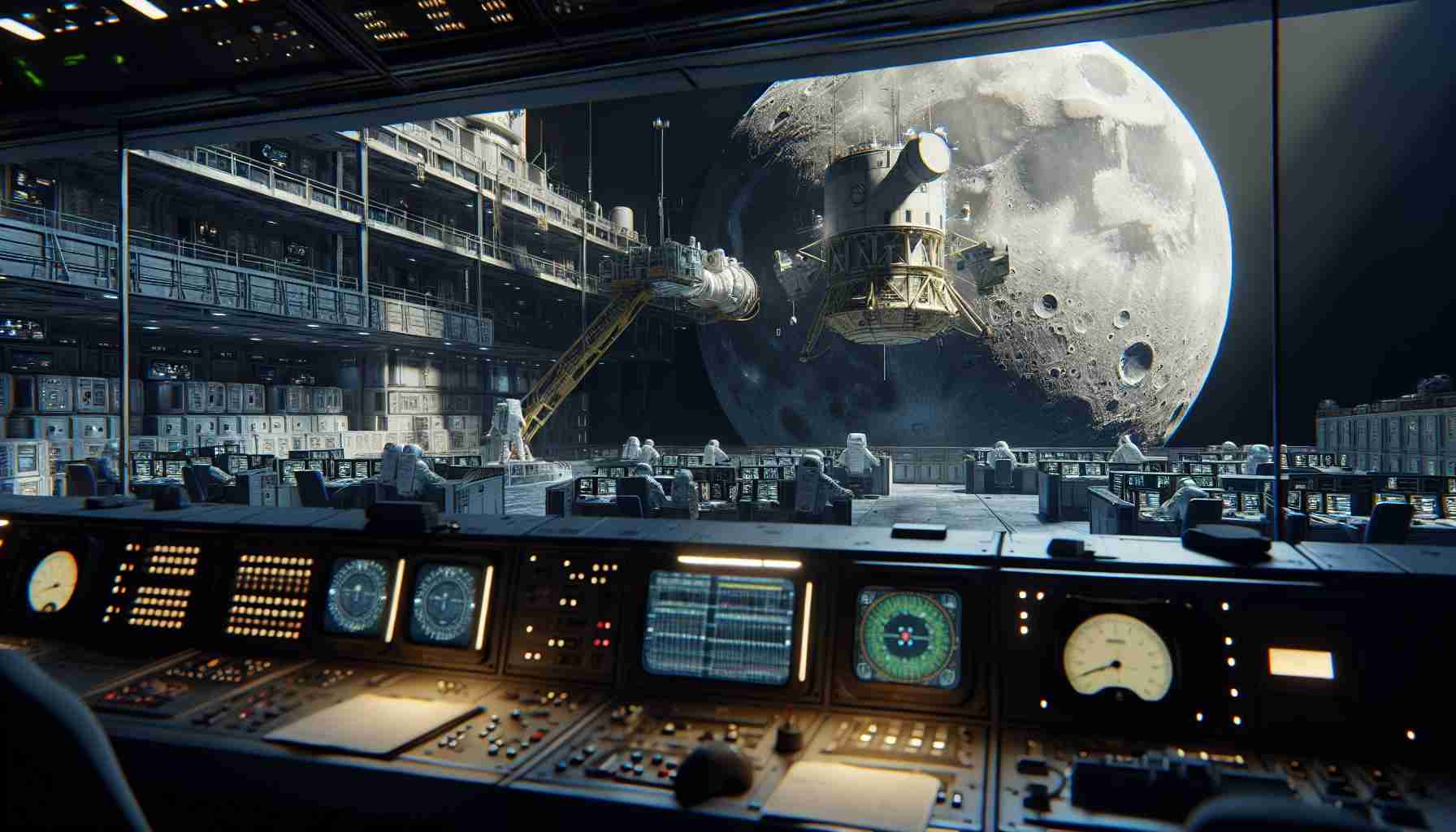NASA has encountered a significant obstacle in its ambitious Artemis project aimed at returning humans to the moon. A concerning issue with the heat shield of the Orion space capsule has compelled the agency to reschedule two pivotal spaceflights.
Flight Delays and Cost Overruns
The Artemis II mission, originally slated for September 2025, has been pushed to April 2026, while Artemis III, which plans to carry astronauts to the lunar surface, now targets 2027 instead of 2026. The problem emerged after the successful Artemis I mission, which saw the uncrewed spacecraft orbit the moon and safely return to Earth in December 2022.
Financial Concerns Skyrocket
Developing NASA’s Space Launch System (SLS), the rocket designed for the Artemis missions, has faced numerous criticisms for its escalating costs. According to NASA reports, these expenses have surged, making the program potentially unsustainable in the long run. The Government Accountability Office has noted the urgent need for better cost tracking and transparency as NASA requests $11.2 billion for continued project support.
Potential Changes on the Horizon
Amidst these challenges, President-elect Donald Trump may bring further changes to NASA’s agenda, focusing on reducing government expenditure. Collaborating with Elon Musk of SpaceX, Trump is reportedly considering increasing reliance on private contractors. This strategic shift could replace NASA’s SLS efforts with more cost-effective options like SpaceX’s Starship, although transitions remain speculative.
Looking forward, NASA will strive to rectify technical issues and manage costs while maintaining its lunar goals. Meanwhile, international interest heightens, as China eyes its moon landing by 2030, intensifying the race for lunar exploration and resources.
NASA’s Artemis Project: Navigating Challenges and Innovations in Lunar Exploration
The NASA Artemis project, initially designed to return humans to the Moon, is navigating a sea of challenges, prompting crucial discussions about the future of lunar exploration. As delays and financial concerns shape the project’s landscape, new developments and partnerships hint at transformative approaches in space exploration.
Artemis Project Delays: How NASA Plans to Overcome Technical Hurdles
Due to technical setbacks, specifically with the Orion space capsule’s heat shield, NASA has rescheduled the Artemis II and Artemis III missions. This delay has affected timelines—Artemis II has shifted from September 2025 to April 2026, while Artemis III, targeting a lunar surface landing, moves to 2027. These changes follow insights gained from the uncrewed success of Artemis I, reflecting NASA’s commitment to resolving engineering challenges before proceeding with crewed missions.
Financial Implications and Innovations in Space Program Funding
The financial implications of the Artemis project are substantial, with costs of the Space Launch System (SLS) raising concerns over sustainability. The projected budget escalation has led to calls for enhanced cost management and transparency. As NASA seeks an $11.2 billion allocation for further developmental phases, agencies like the Government Accountability Office emphasize the need for rigorous financial oversight.
This budgetary climate has accelerated conversations about utilizing private partnerships to reduce costs. By potentially increasing collaboration with companies like SpaceX, known for its economical Starship, NASA could find a pathway to more fiscally sustainable lunar exploration.
Strategic Shifts: The Role of Private Sector in Space Exploration
Speculations about integrating private contractors into NASA’s strategy suggest a potential paradigm shift. Collaborations with commercial entities such as SpaceX could optimize mission costs and introduce new technologies. Such cooperation aligns with broader governmental goals of resource efficiency, suggesting that broader industry partnerships could fundamentally alter NASA’s approach to current and future missions.
Future Lunar Exploration: Enhancing Global Collaboration and Competition
The Artemis project’s progression underscores a competitive international landscape. With China planning its moon landing by 2030, the urgency in refining NASA’s program is palpable. This geopolitical context may foster increased international collaborations and technological exchange, which could enhance mission readiness and scientific discovery.
Conclusion: Navigating Forward with Optimism and Strategy
Despite setbacks, NASA remains poised to advance its mission objectives. By addressing technical and financial challenges head-on, and possibly reimagining its partnerships, NASA aims to sustain its leadership in space exploration. The convergence of innovative strategies with traditional expertise looks set to propel the Artemis missions towards a new era of lunar exploration and beyond.
For more information on the Artemis project and other NASA initiatives, visit the official NASA website.







